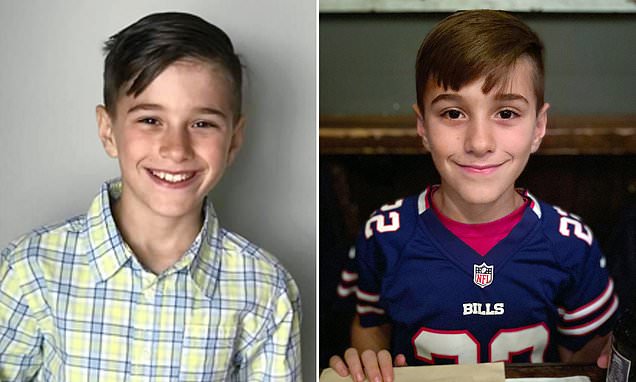PERLOU
The Living Force
Laura Knight-Jadczyk
2 h ·
Okay people, this sh*t is going too far. Just STOP with the corona virus panicking. I've read the stats; the death rate is about the same for regular flu epidemics that we have about every year. I do not know WHY the media is pushing this crap, but it's a HUGE distraction. And look at this poor precious kitty killed in a horrible way because of ignorant people panicking.
JUST STOP IT! Don't share, don't re-tweet any panicky stuff about this virus!
https://vk.com/id464042230#

Bon, tout le monde, ce truc va trop loin. Arrêtez de paniquer avec le virus corona. J'ai lu les statistiques ; le taux de mortalité est à peu près le même pour les épidémies de grippe régulières que nous avons environ chaque année. Je ne sais pas POURQUOI les médias poussent cette merde, mais c'est une ÉNORME distraction. Et regardez ce pauvre et précieux chaton tué d'une manière horrible à cause de la panique des ignorants.
ARRÊTEZ-LE ! Ne partagez pas, ne re-tweettez pas de trucs de panique sur ce virus !
https://www.thesun.ie/news/5058479/coronavirus-quaran..
2 h ·
Okay people, this sh*t is going too far. Just STOP with the corona virus panicking. I've read the stats; the death rate is about the same for regular flu epidemics that we have about every year. I do not know WHY the media is pushing this crap, but it's a HUGE distraction. And look at this poor precious kitty killed in a horrible way because of ignorant people panicking.
JUST STOP IT! Don't share, don't re-tweet any panicky stuff about this virus!
https://vk.com/id464042230#

Bon, tout le monde, ce truc va trop loin. Arrêtez de paniquer avec le virus corona. J'ai lu les statistiques ; le taux de mortalité est à peu près le même pour les épidémies de grippe régulières que nous avons environ chaque année. Je ne sais pas POURQUOI les médias poussent cette merde, mais c'est une ÉNORME distraction. Et regardez ce pauvre et précieux chaton tué d'une manière horrible à cause de la panique des ignorants.
ARRÊTEZ-LE ! Ne partagez pas, ne re-tweettez pas de trucs de panique sur ce virus !
https://www.thesun.ie/news/5058479/coronavirus-quaran..





